Search
Summary 
Loading AI-generated summary based on World History Encyclopedia articles ...
Search Results
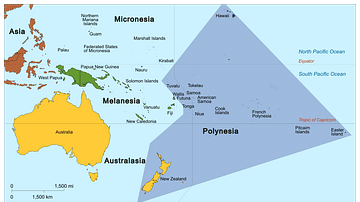
Image
Map of Polynesia
Map showing the Polynesian Triangle and some of its islands.
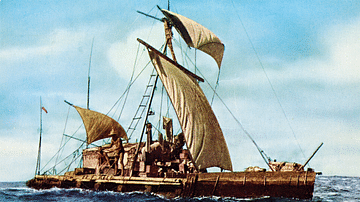
Definition
Kon-Tiki Expedition
The Kon-Tiki expedition of 1947, led by the Norwegian Thor Heyerdahl (1914-2002), successfully crossed 8,000 km (5,000 miles) of the Pacific Ocean from Peru to the Tuamotu Islands on a balsa-wood raft. The aim of the expedition was to demonstrate...
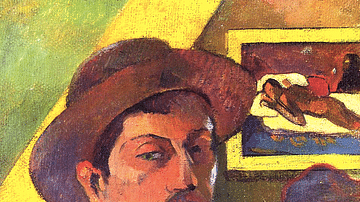
Definition
Paul Gauguin
Eugène Henri Paul Gauguin (1848-1903) was a French neo-impressionist painter whose vivid paintings with their flat, bold colours and use of mystical and ambiguous symbols revolutionised art. Never quite gaining success in his own lifetime...

Article
Hei Tiki
The hei tiki is a small personal adornment, fashioned by hand from tough pounamu (New Zealand greenstone or nephrite jade), and is worn around the neck. Hei means something looped around the neck, and tiki is a generic word used throughout...
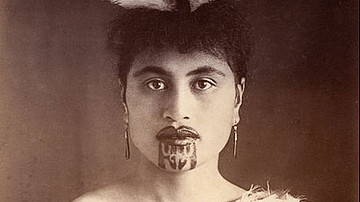
Article
Traditional Maori Tattoo of New Zealand
Te Papa Tongawera (or simply Te Papa) is New Zealand's innovative national museum situated near the foreshore of beautiful Wellington harbour. Te Papa Tongawera means “container of treasures” in Te Reo Maori, which is the indigenous language...
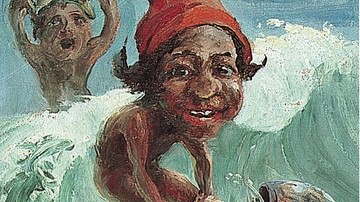
Definition
Menehune
Menehune is the term applied to short-statured, forest-dwelling creatures of Hawaiian mythology and is part of a common mythology throughout Polynesia that describes secretive, supernatural beings with human-like attributes. Mysterious supernatural...
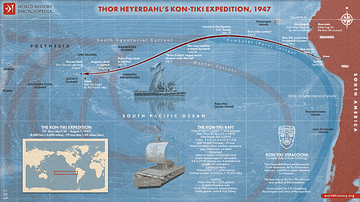
Image
Thor Heyerdahl’s Kon-Tiki Expedition, 1947
This map illustrates the route and story of the Kon-Tiki Expedition (1947), a groundbreaking voyage led by Thor Heyerdahl (1914-2002), in which a crew of six sailed a balsa-wood raft from Callao, Peru, to Raroia Atoll in the Tuamotu Islands...
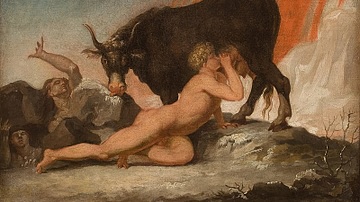
Definition
Ymir
Ymir is a primordial giant, closely linked to the creation myth and the beginning of the world in Norse mythology. A creature resulting from the dramatic encounter between ice and fire, he was fed by a cosmic cow and his body parts served...

Image
Self-portrait with Manao Tupapau by Gauguin
An 1893-4 oil on canvas, Self-portrait with Manao Tupapau, by Paul Gauguin (1848-1903), the French post-impressionist painter. The artist painted this while in Paris where he was attempting to exhibit his works painted in Polynesia. In the...

Image
The Kon-Tiki Expedition Raft
A 1947 photograph of the Kon-Tiki expedition raft taken from an attached dinghy as the raft crosses the Pacific Ocean on its way from Peru to Polynesia.